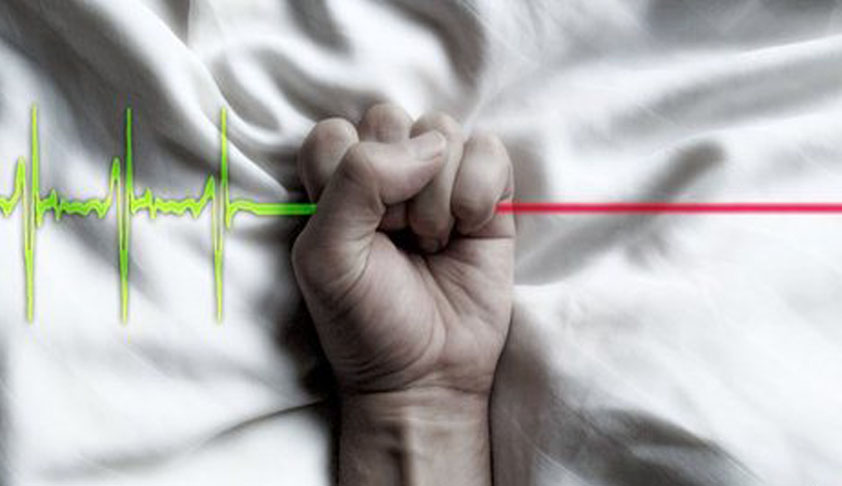- Home
- /
- Cover Story
- /
- ‘No sanctity in suffering; nothing...
‘No sanctity in suffering; nothing holy about agony’
Smrithi Suresh
16 July 2014 9:54 PM IST
The title of this article comes from a poignant piece written by Archbishop Desmond Tutu when asked to comment upon assisted dying or on what is commonly known as ‘euthanasia’. The views of the Archbishop come in the background of the ongoing vociferous debate in the House of Lords on Lord Falconer's assisted dying bill. In a nutshell, Lord Falconer’s proposed legislation would make...
Next Story



